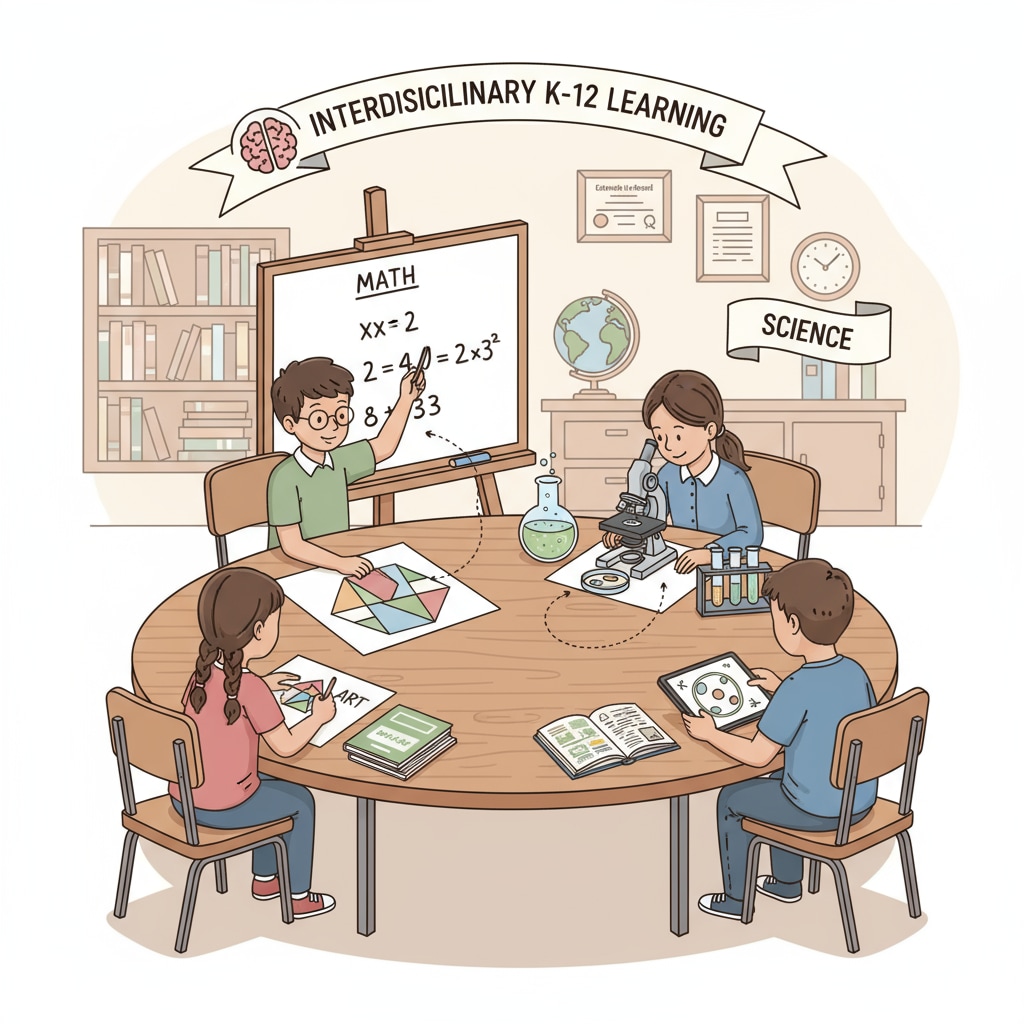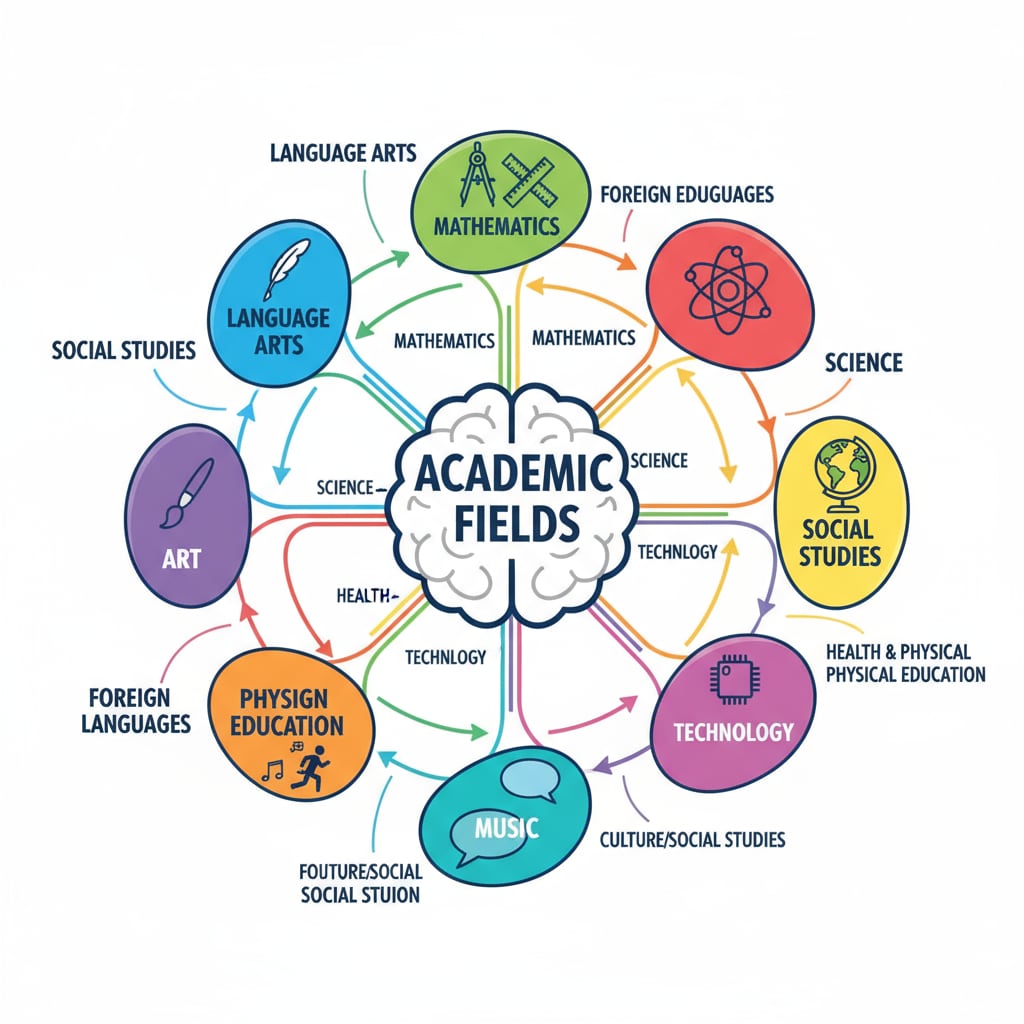In the digital age filled with an overwhelming amount of information, the concepts of personalized curriculum, learning plan, and interdisciplinary knowledge have become crucial for students’ development. Designing a personalized interdisciplinary learning plan for children in the K12 stage is a pursuit shared by numerous parents and educators. This article aims to explore the construction of an autonomous learning system covering nine major academic fields during the K12 phase and provide practical strategies for resource acquisition and learning methods guidance.

The Significance of Interdisciplinary Learning in K12
Interdisciplinary learning in K12 education fosters a more holistic understanding of the world. It breaks down the barriers between traditional academic subjects, enabling students to see the connections between different fields. For example, in a project that combines science and art, students can explore how scientific principles influence artistic creations. This not only enhances their knowledge but also improves their problem-solving and critical thinking skills. As a result, they are better prepared for the complex and interconnected real world. Interdisciplinary Learning on NEA
Constructing the Autonomous K12 Learning System
When building an autonomous learning system for K12 students, it’s essential to consider the nine major academic fields, including language arts, mathematics, science, social studies, art, music, physical education, foreign languages, and technology. Each field plays a unique role in a student’s development. For instance, language arts enhance communication skills, while mathematics sharpens logical thinking. By integrating these fields, students can gain a well-rounded education.

To start, students and parents should set clear learning goals for each field. These goals should be specific, measurable, achievable, relevant, and time-bound (SMART). Then, they can design a schedule that allocates sufficient time for each subject. This schedule should also include breaks to avoid burnout.
Resource Acquisition Strategies
There are numerous resources available for K12 interdisciplinary learning. Online platforms such as Khan Academy offer free courses covering a wide range of subjects. Another great resource is National Geographic’s educational materials, which provide in-depth knowledge about science, geography, and history. Libraries are also treasure troves of information, with books, magazines, and digital resources. In addition, educational apps can make learning more engaging and convenient.
To make the most of these resources, students should learn how to evaluate their quality. They can look for reviews, check the credibility of the source, and ensure that the content aligns with their learning goals.
Learning Methods Guidance
Active learning methods are highly effective for interdisciplinary learning. For example, project-based learning allows students to apply knowledge from different fields to solve real-world problems. Group discussions and debates can also encourage students to share ideas and perspectives. Additionally, keeping a learning journal can help students reflect on their progress and identify areas for improvement.
In conclusion, designing a personalized K12 interdisciplinary learning plan is not only feasible but also highly beneficial for students’ growth. By constructing a comprehensive learning system, acquiring the right resources, and adopting effective learning methods, students can explore the vast world of knowledge across different disciplines and develop the skills needed for future success. Personalized curriculum, learning plan, and interdisciplinary knowledge are the keys to unlocking this potential.
Readability guidance: Short paragraphs and lists are used to summarize key points. Each H2 section provides a list or practical advice. The proportion of passive voice and long sentences is controlled, and transition words are evenly distributed throughout the text to enhance readability.


